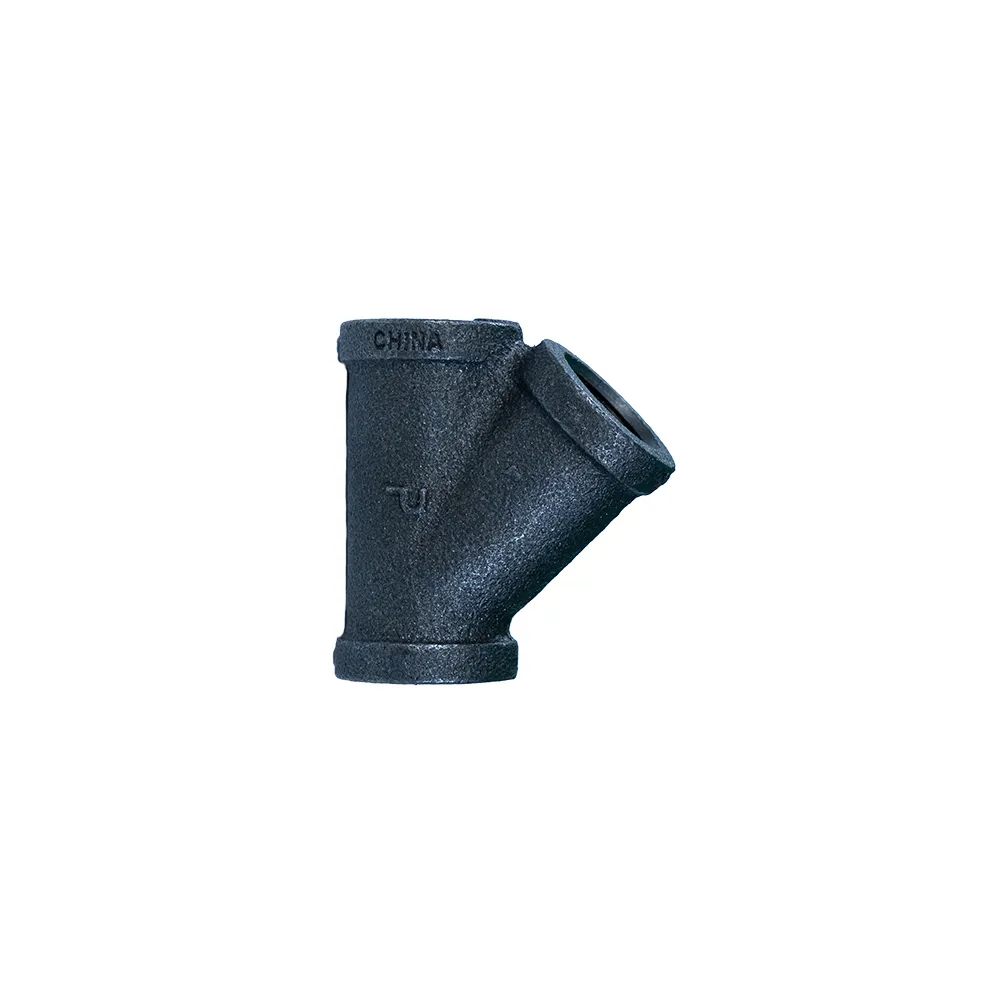Understanding the diverse types of pipe fittings is crucial for anyone involved in plumbing, construction, or any industry requiring fluid transport, and having expertise in this area can significantly impact project outcomes. Pipe fittings are integral components designed to connect straight pipe or tubing sections, adapt to different sizes or shapes, and regulate fluid flow. They come in a variety of styles, each suited for specific applications, materials, and fluid types.

Starting with the most common types, elbows are indispensable in pipe systems for directing flow at angles, typically 45 or 90 degrees. These fittings are essential in changing the direction of pipes, thereby managing the fluid dynamics within a system. The experience of handling elbows can prevent unnecessary pressure drops and maintain optimum flow rates, making them a staple in both industrial and domestic plumbing.
Tees and crosses allow for branch connections and are widely used in plumbing networks to split or combine flow paths. These fittings come in T or cross shapes and are vital for managing complex piping networks where fluid needs to be distributed across various paths. Expertise in selecting the correct size and material for tees and crosses can ensure seamless operation without leakages or pressure build-up.

Couplings and unions are specialized fittings used to connect pipes of the same or different diameters. While couplings provide a permanent connection, unions allow for easy disconnection for maintenance purposes. The authority in knowing when to use a coupling versus a union influences the efficacy and maintenance ease of a system, especially in settings where regular adjustments are anticipated.
Reducers are adopted where there's a need to change pipe size for accommodating different flow rates. These include concentric reducers and eccentric reducers, each designed for specific applications. Concentric reducers maintain a consistent central axis between pipes, whereas eccentric reducers are offset to accommodate different pipe heights. Trustworthy knowledge of pressure dynamics is vital in choosing the appropriate reducer, avoiding potential system imbalances.
type of pipe fittings
Caps and plugs serve to close pipe openings. Caps cover the end of a pipe, while plugs insert into a fitting. Their role in sealing unused or standby sections to prevent contamination or leaks is critical, especially in systems dealing with hazardous materials.
Adaptors and bushings are used to connect different types of pipes, such as switching from plastic to metal. These fittings bridge different systems, allowing the integration of diverse materials and standards without compromising integrity. Professional understanding of compatibility between different pipe materials and the expertise to ensure leak-proof joints is essential.
Finally, experience with the selection and installation of valves — often incorporated as fittings to control flow — enhances system efficiency and safety. Whether it's gate valves for on-off control, ball valves for quick shutoff, or check valves for preventing backflow, the right expertise in these controls solidifies a reliable and efficient pipeline system.
In conclusion, mastering the various types of pipe fittings and their applications not only elevates a professional's capability but also enhances the durability and functionality of plumbing systems. With advancements in material sciences and fluid dynamics, staying updated and constantly building expertise in pipe fittings remains a valuable asset for any professional. Employing the right type of fitting in the correct context is a hallmark of seasoned expertise and authority in the field.
Post time:
Gen-11-2025











